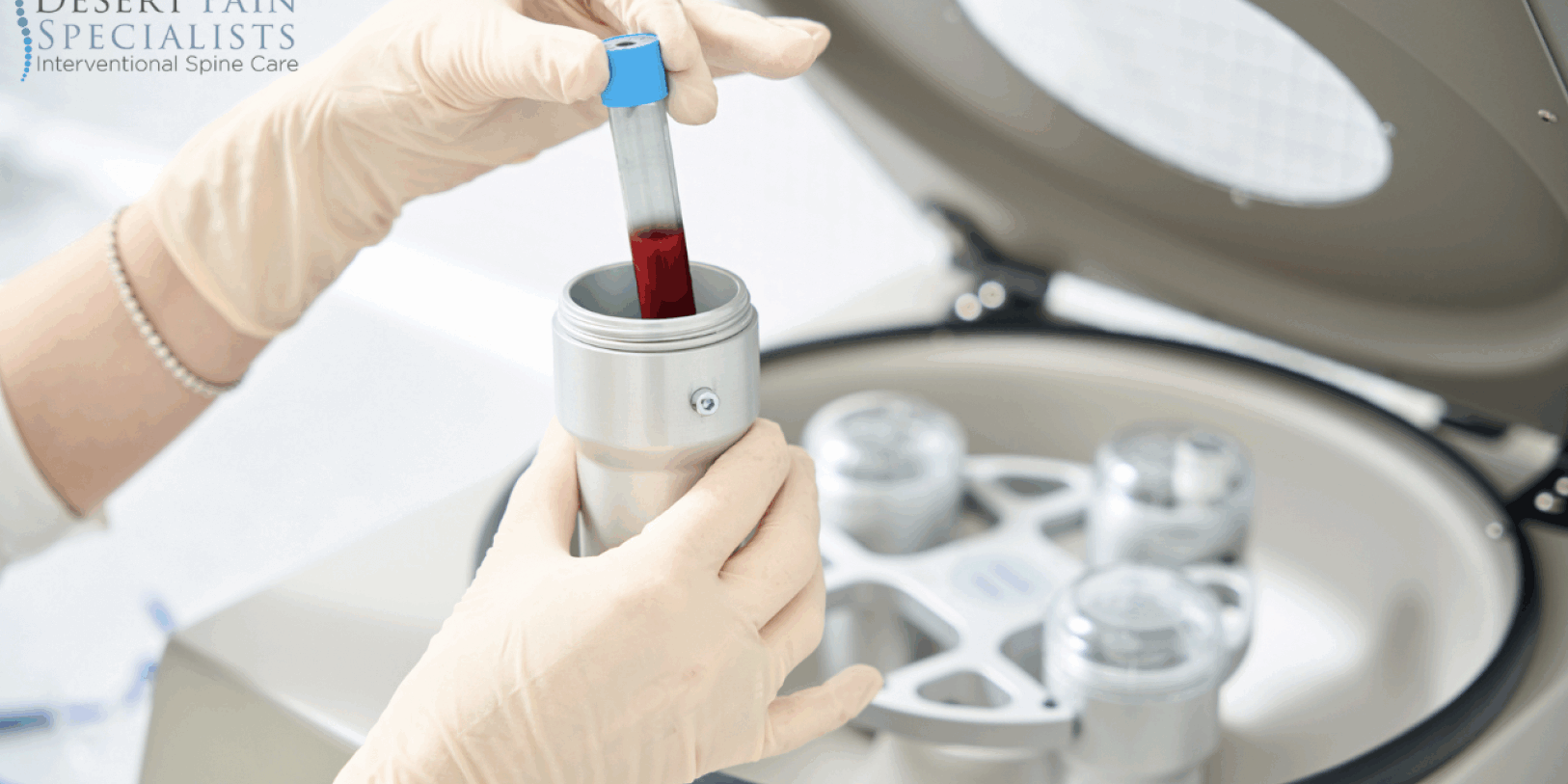At Desert Pain Specialists, we champion the use of platelet‑rich plasma, a treatment harnessing a patient’s own blood platelets to stimulate healing. From my vantage as a board‑certified physician, PRP stands out for its excellent safety profile, especially when compared to synthetic injectables and systemic medications.
Safety from within
Platelet-rich plasma is derived from the patient’s own blood, minimizing allergic and immunogenic risks. Numerous studies affirm its safety: one systematic review of PRP injections found them “safe and modestly beneficial,” with no serious adverse effects reported. Broader reviews also note a low incidence of adverse events – mainly transient swelling or bruising – with no evidence of long‑term harm.
Nonetheless, vigilance is vital. A 2024 review highlights rare but serious potential complications, such as infections, nodules and inflammation, most often due to contamination during preparation. This underscores the need for rigorous procedural standards, which Desert Pain Specialists adheres to vigilantly.
Clinical efficacy: Promise with precision
Evidence shows benefits of PRP in certain conditions: for instance, osteoarthritis of the knee and lateral epicondylitis (tennis elbow) demonstrate moderate to high‑quality evidence of efficacy. A long-term follow-up of partial rotator cuff tears reported no adverse events and sustained positive results at the two-year-post mark. PRP has also shown superior tendon healing outcomes over controls in some rotator cuff repair studies.
Other applications like muscle injuries, ankle sprains and fractures yield more mixed results, with evidence of benefit being inconsistent or limited.
Why technique matters
The effectiveness and safety of PRP heavily hinge on how it’s prepared and delivered. Variability in centrifugation protocols, platelet concentration and activation methods can influence outcomes and risk profiles.
Moreover, an emerging body of literature emphasizes that imaging guidance, especially ultrasound, enhances injection accuracy, potentially improving safety and outcomes, even if effects vary by condition.
Desert Pain Specialists: Your assurance of safety
At Desert Pain Specialists, we elevate safety and precision with these commitments:
Board‑certified physicians: Every provider is rigorously trained and certified.
Aseptic preparation: Platelet-rich plasma is processed under controlled, sterile conditions.
Image‑guided delivery: We perform all PRP injections under ultrasound, or when needed, X‑ray (fluoroscopy) guidance to ensure accurate placement, avoid inadvertent injury and reduce contamination risk.
Patient‑centered care: Procedures are individualized based on the latest evidence, and we transparently discuss both benefits and limitations with every patient.
What to expect at your appointment
At your PRP appointment, a nurse will guide you into our preoperative area, where we will review your health history and answer any questions you may have. A small blood sample will then be drawn and placed into a specialized machine called a centrifuge, which spins at high speed to separate and concentrate your platelets.
Once your PRP is prepared, you will be taken to the procedure room. Using ultrasound or X-ray guidance, your provider will carefully inject the concentrated platelets into the area causing discomfort.
After your appointment, you may experience increased pain or soreness for several days. This is a normal and expected part of the healing process. PRP injections are designed to intentionally trigger a short-term inflammatory response, which helps release growth factors and stimulate tissue repair.
Most patients notice gradual improvement over the following weeks as the body’s natural healing process takes effect. Remember, this is your body doing the work, and we are here to support you every step of the way.
Bottom line
Platelet-rich plasma is fundamentally safe, being autologous, and has demonstrated clinical benefits in selected musculoskeletal and dermatologic conditions. Yet, its true value lies in meticulous preparation and delivery. At Desert Pain Specialists, our combination of board‑certified expertise, sterile processing and imaging guidance reflects our unwavering commitment to safe, effective, patient‑first care.
Written by DR. RYAN WORKMAN, pain medicine physician with Desert Pain Specialists.







